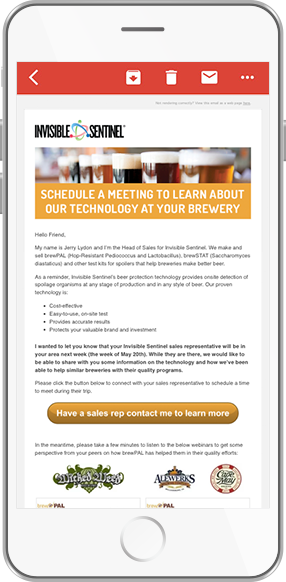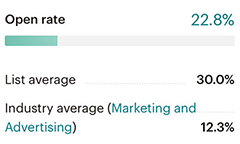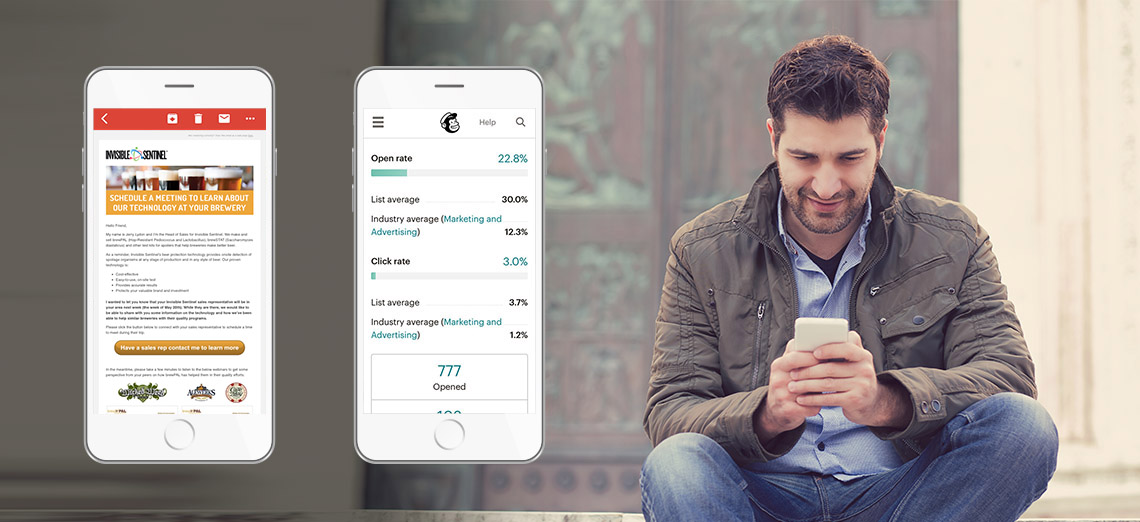According to Chief Marketer’s “2018 B2B Lead Gen Outlook” report, the top source of leads for B2B Marketers is Email Marketing. The report goes on to say that Email Marketing not only produces the most leads, but the highest ROI leads for B2B marketers.
Say what?!
That’s a bit surprising because a lot of the press about what’s important in marketing focuses on Content Marketing, SEO, AI, and Account Based Marketing – all worthy of attention, but as marketers we run the risk of losing sight of what’s working best because we are chasing the “next big thing”.
So, we thought it might be good to review some of latest tips and techniques for Email Marketing because it is still a very valuable tool in the marketing toolkit. So here goes nothing…


If you would like some help in developing an email marketing strategy and executing it, please feel free to call SFA Marketing at (203) 255-1356. Or you can email our Director of Business Development, Tom Croarkin, at [email protected].

Send us a note or give us a call to discuss how we can help your business.
#WeAreSFA
We’re a talented group of creative and business people from diverse backgrounds - each with unique strengths. Together, we make your marketing that much better.